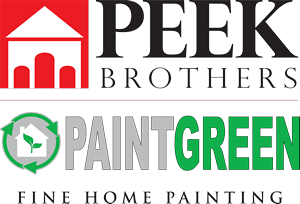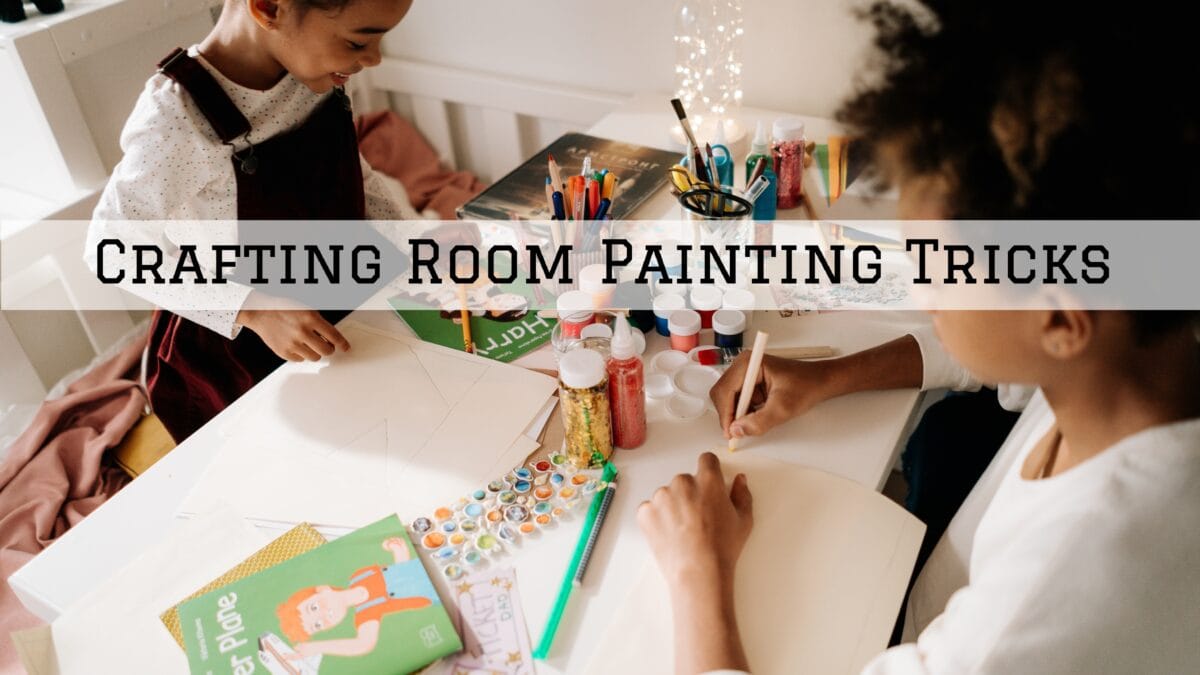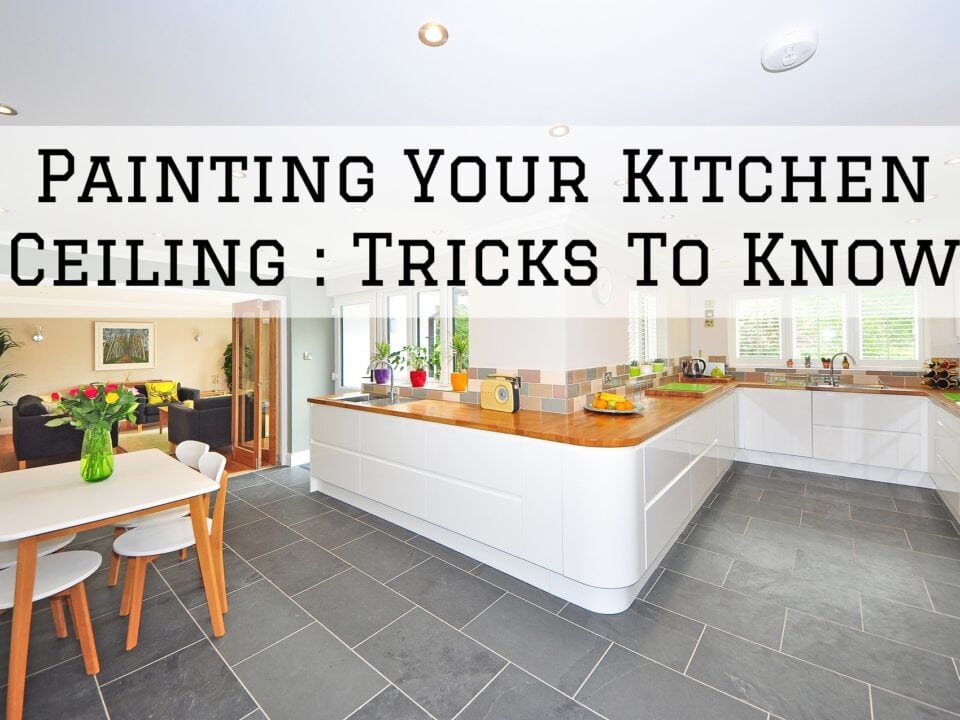Dining Room Accent Wall Painting Errors To Avoid In Scripps Ranch, CA

Crafting Room Painting Tricks In Del Mar, CA
November 3, 2022
Home School Painting Tips To Learn In Torrey Highlands, CA
November 17, 2022Dining Room Accent Wall Painting Errors To Avoid In Scripps Ranch, CA
In painting a room like the dining room, one may not think about adding something like an accent wall — yet it can be quite a nice addition to a dining room.
However, in painting your accent wall there are some mistakes that you may make by just not knowing about them that may lead to a painting project that will cost you more money than necessary and maybe even time.
Let’s have a look at some dining room accent wall painting errors to avoid when you want a well painted accent wall.
1. Using The Wrong Kind Of Paint
One mistake that people will make when they’re painting their accent wall is to make use of the wrong sort of paint — leading you to wonder how it’s possible to use the wrong sort of paint while painting an interior room, right?
The issue with interior painting in general is that the kind of paint that you use should be related to the kind of room that is getting painted — specifically in terms of how often if at all you’ll be cleaning the painted wall.
A dining room, for example, is likely to be cleaned more often than other rooms in the house owing to the volume of food that can go in and out of it — so you should make use of a glossy paint that will be easier to clean.
By using glossy paint you’ll be able to wipe clean the wall with a moist cloth and not worry about the paint coming off.
2. Not Protecting The Floor
As much as you’d like to think that painting your accent wall is a fairly straightforward thing and that as long as you are careful in painting, you won’t need to protect the floor at all.
That is not the case at all, and you will find that there are a few ways that you will be able to get paint on the floor without meaning to — and once the paint gets on the floor it’s quite difficult to get it off.
The better thing for you to do is to put down either a tarp of some sort or a drop cloth that will protect the floor from the spilled paint — and it’s a lot less time consuming to do that than to try to clean paint off of the floor.
3. Not Cleaning The Wall
in getting ready to paint your dining room accent wall, you should make sure that you fully clean the wall and then allow time for the wall to dry as this will help you before you apply primer and paint.
The surface of the accent wall, should you not clean it, will have some dust on it that you might not even see until you are painting and by the time you are finished, you will realize that your accent wall looks a lot like an accent wall covered in paint and dust — not the most pleasant thing to see.
Better to clean the wall first and then let it dry so that you won’t be seeing any such dust on your finished painted wall.
4. Using Inexpensive Paint Brushes And Paint Rollers
Lastly, you should remember that the quality of your paintwork is greatly determined by the quality of your paintbrushes and paint rollers and when you make use of inexpensive ones, you are making a couple of mistakes.
One is that you will have a harder time applying paint to the wall, and to some extent more importantly is the great possibility that your brush and roller will break apart as you are using it and you will find parts of it in the paintwork.





